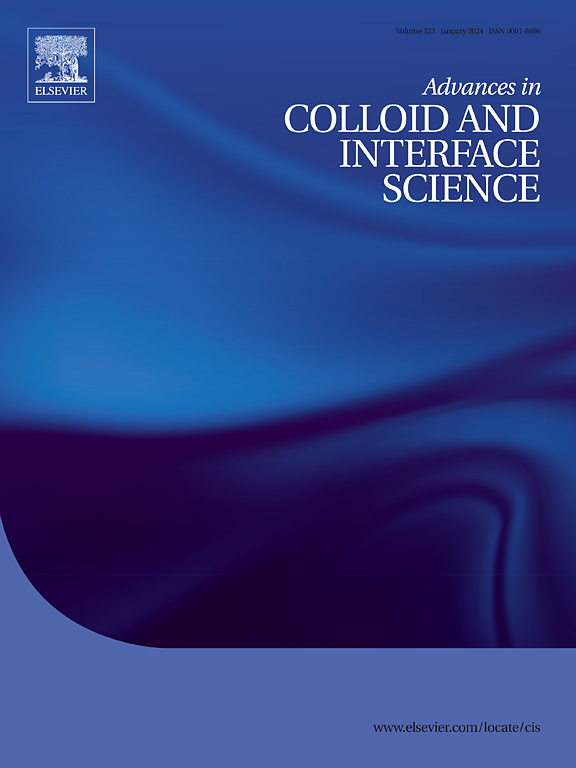Advanced scattering techniques for characterisation of complex nanoparticles in solution
IF 15.9
1区 化学
Q1 CHEMISTRY, PHYSICAL
引用次数: 0
Abstract
Nanoparticles are vital to a broad range of applications including commercial formulations, sensing and advanced material synthesis. Nanoparticles can come in a variety of shapes including cubes, polyhedra, rods, and prisms, and recent literature has demonstrated the importance of nanoparticle shape to downstream function (such as cellular uptake). While researchers routinely characterise nanoparticle shape using electron microscopy techniques, this generally requires drying of the samples. Many particles (e.g. lipid nanoparticles or polymer particles) change with drying, so complementary solution based techniques are needed. Scattering techniques can be used to characterise such nanoparticles in suspension, overcoming many of the limitations of other techniques. Here we review the current state of the art in the characterisation of complex nanoparticles (non-spherical and multi-layered) using advanced scattering techniques including light, X-ray, and neutron scattering. Recent improvements in instrument availability and data analysis makes these techniques much more accessible to researchers. This review provides an introduction to these techniques aimed at all researchers working with nanoparticles, in the hope that full characterisation of nanoparticles in solution becomes standard practice.

用于表征溶液中复杂纳米粒子的先进散射技术。
纳米粒子对于商业配方、传感和先进材料合成等广泛应用至关重要。纳米粒子的形状多种多样,包括立方体、多面体、棒状和棱柱状,最近的文献表明了纳米粒子形状对下游功能(如细胞吸收)的重要性。虽然研究人员通常使用电子显微镜技术来表征纳米粒子的形状,但这通常需要对样品进行干燥处理。许多颗粒(如脂质纳米颗粒或聚合物颗粒)在干燥过程中会发生变化,因此需要基于溶液的补充技术。散射技术可用于表征悬浮液中的此类纳米颗粒,克服了其他技术的许多局限性。在此,我们回顾了利用光散射、X 射线散射和中子散射等先进散射技术表征复杂纳米粒子(非球形和多层)的技术现状。最近在仪器可用性和数据分析方面的改进使研究人员更容易获得这些技术。本综述向所有从事纳米粒子研究的人员介绍了这些技术,希望溶液中纳米粒子的全面表征成为标准实践。
本文章由计算机程序翻译,如有差异,请以英文原文为准。
求助全文
约1分钟内获得全文
求助全文
来源期刊
CiteScore
28.50
自引率
2.60%
发文量
175
审稿时长
31 days
期刊介绍:
"Advances in Colloid and Interface Science" is an international journal that focuses on experimental and theoretical developments in interfacial and colloidal phenomena. The journal covers a wide range of disciplines including biology, chemistry, physics, and technology.
The journal accepts review articles on any topic within the scope of colloid and interface science. These articles should provide an in-depth analysis of the subject matter, offering a critical review of the current state of the field. The author's informed opinion on the topic should also be included. The manuscript should compare and contrast ideas found in the reviewed literature and address the limitations of these ideas.
Typically, the articles published in this journal are written by recognized experts in the field.

 求助内容:
求助内容: 应助结果提醒方式:
应助结果提醒方式:


